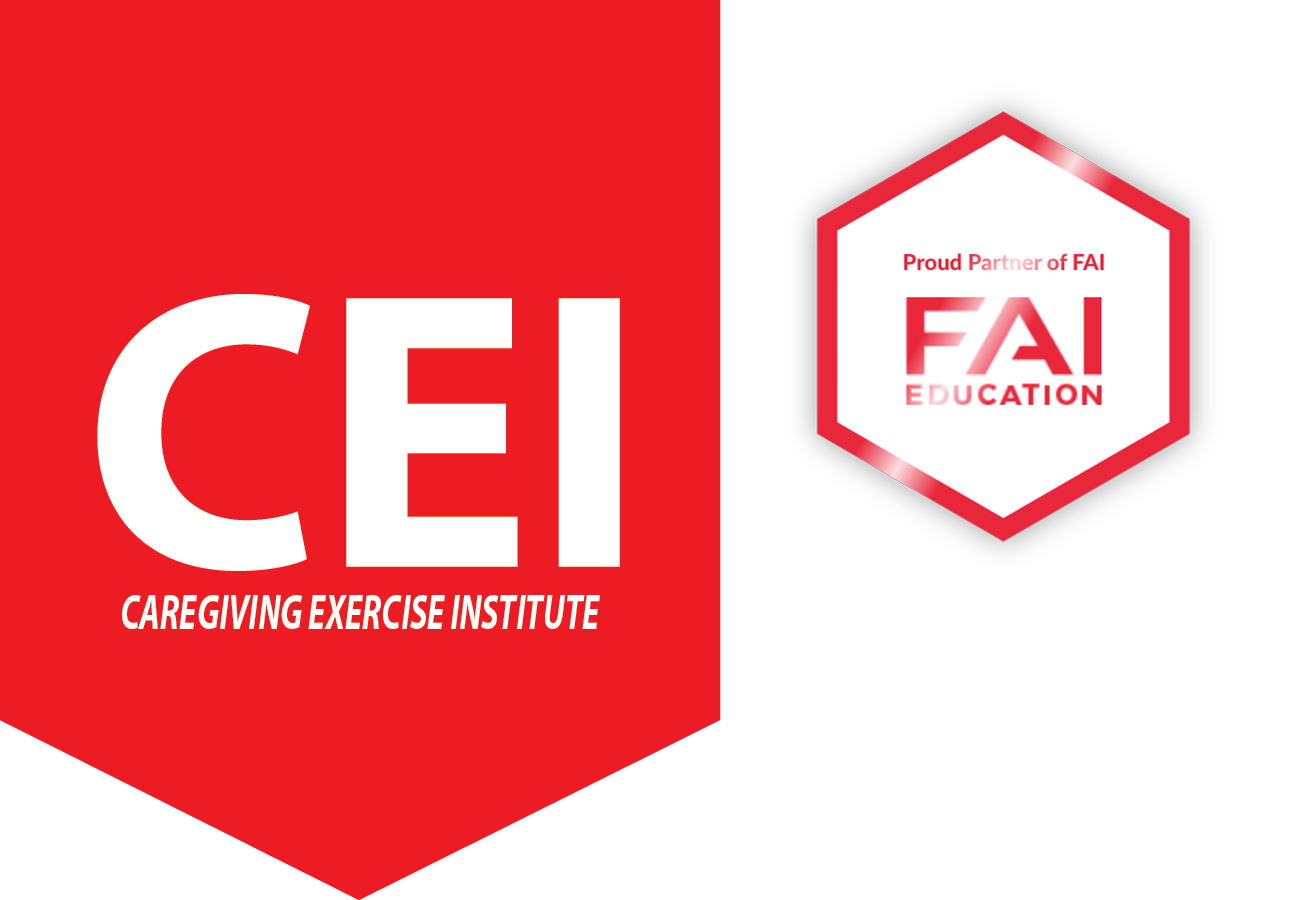Cognitive Fitness Training

Dear Friend,
Recently I introduced you to Power Training for the 60plus population and its value and importance to prevent significant strength losses as we age. Today I would like to introduce another somewhat new trend in fitness training for the adult 60plus, “Cognified Fitness Training”. It is addressing physical and cognitive abilities to prevent or at least slow the negative consequences of aging on brain function.
We all know and understand that aging causes declines in physical and cognitive functions, but the declines can appear rapid or slowly and be mild or severe. Clearly if given a choice we’d all opt for mild declines occurring very slowly over time as to prevent crossing the threshold from independent to assisted living as late as possible or possibly never.
What will be your Aging Trajectory?
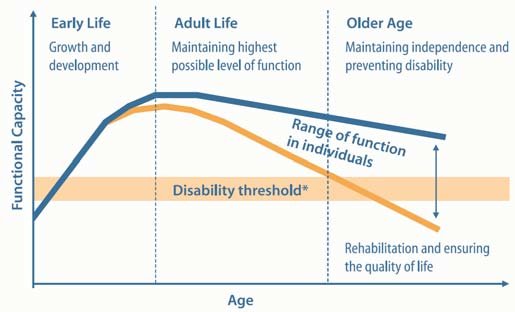
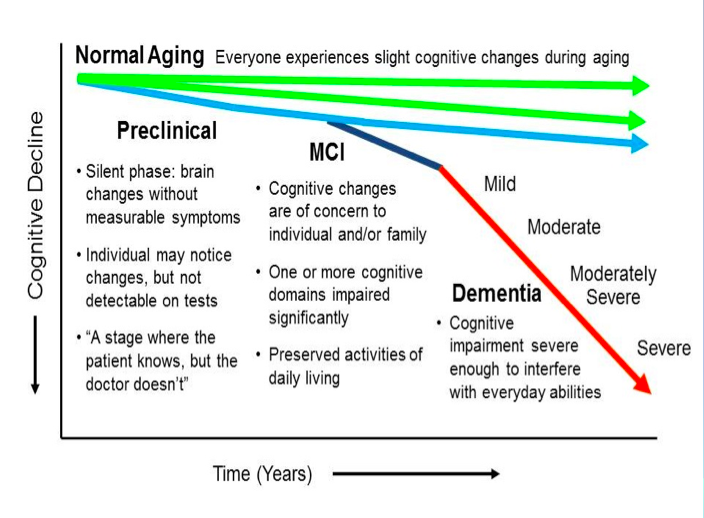
We have known for quite some time of the positive effects of exercising on brain function especially its positive effects on Angiogenesis and Neurogenesis. Both words are derived from the Greek language. Angio meaning Blood Vessel, Neuro meaning Nerve and Genesis meaning Beginning or Birth.
Angiogenesis refers to the creation of new blood vessels or capillaries branching off existing blood vessels, thereby improving blood microcirculation commonly to be found reduced in the aging brain. Physical Fitness Training not only promotes the formation of new blood vessels it also increases an angiogenic factor known as vascular endothelial growth factor (VEGF) important to ongoing Angiogenesis.
Neurogenesis refers to the creation of new neuropathways in different parts of the brain. It helps improve your brain’s ability to change, modify, and adapt in structure and function throughout life. This continuous adaptation is also known as Neuroplasticity. While aging negatively affects Neuroplasticity, physical exercises (especially aerobic cardio-vascular activities), brain exercises, and a Mediterranean Diet all have been proven to positively affect Neuroplasticity.
Aging affects nearly all Cognitive Domains. It hinders Attention, Task Switching, Divided Attention and negatively affects Working Memory, Processing Speed, Visual Perceptual Abilities, Problem Solving, and Decision Making. The negative affects vary for each of the domains, some severely impacted, others not at all or only mildly, and for each individual.
Enroll Today, for your
Instant Access
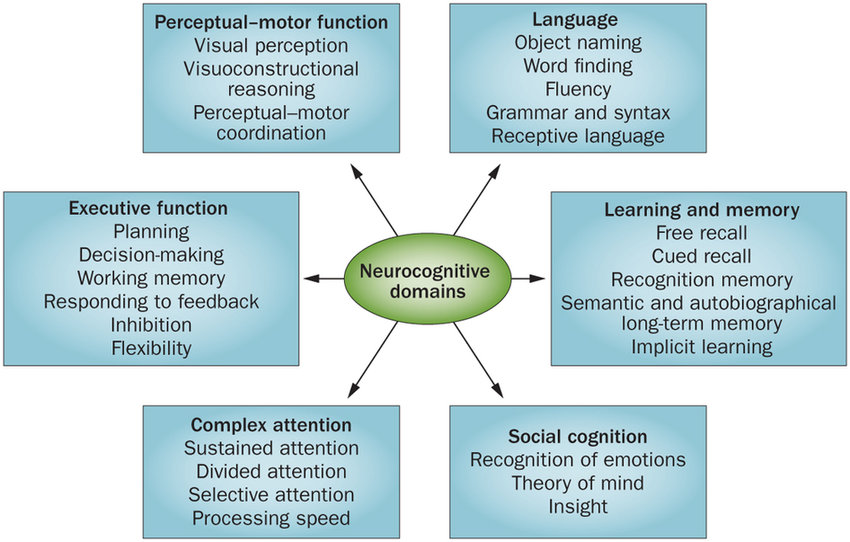
What is Cognitive Physical Training or Cognitive Fitness Training and what does it include?
Cognified Exercises combine coordinately and cognitively demanding physical activities that have shown greater impact on Executive Function than aerobic activities alone. The activities combine
- Unpredictability
- Goal-directed attention
- Discovery
- Enjoyment and Socialization
- Constant & Dynamic Challenge
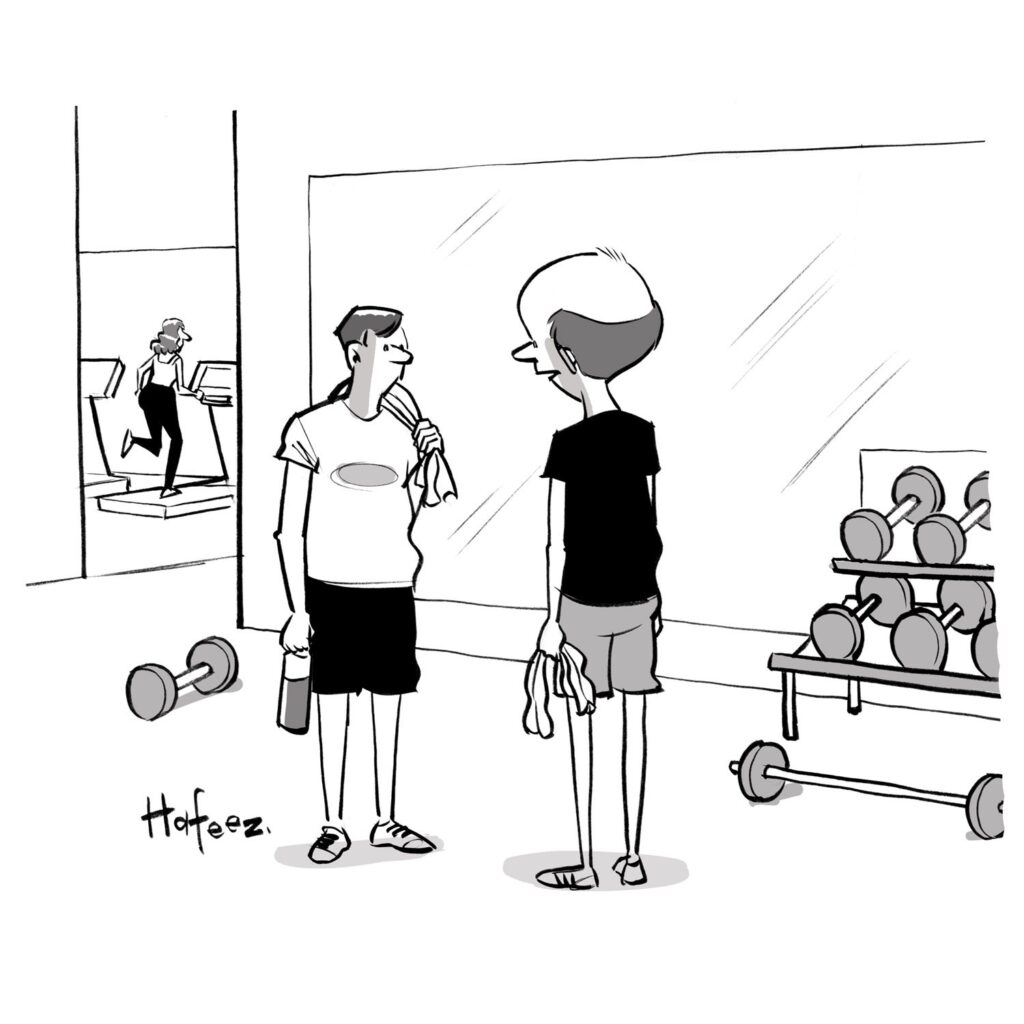
“I’ve been working out for six months, but all my gains have been in cognitive function.”
Cognified Exercises provide tasks for:
- Attention, via sensory stimuli, audible and visual cues, and external focus/distraction
- Memory, via routines, procedures, steps, complex instructions, rules, and choreography, visual recall of locations and verbal recall of lists or numbers
- Processing Speed, via higher temporal or speed demands, and fast movement execution based on visual, auditory or sensory cues
- Executive Function, via organizing, planning, directing, reasoning, problem-solving, working memory, or impulse control in an open skill setting that is enjoyable and challenging.
As with all exercises the level of skills required and the difficulty of the tasks have to take the status quo of the trainee into account in order to prevent anxiety and frustration due to high demands and high level of difficulty, and boredom or loss of interest if skill demand and task difficulty are too low.
Examples of Cognified Exercises and/or drills:
Finally I would like to introduce you to some of my favorite Cognified Exercises I integrate into my clients’ workouts, whether it’s one-on-one or partner work or small groups.
- Clock Lunges
A well-known exercise to most trainers but easily changed into a Cognified Exercise.
Imagine standing in the center facing 12 o’clock straight ahead, 6 o’clock behind you and 9 and 3 o’clock to your left and right. You lunge to the right side of the clock with your right leg, to the left with your left leg. 12 and 6 are a matter of choice.
Reaction Speed: I give you a time, you lunge. I speed up the cues and you try to keep up.
Memory: After giving you three times (i.e. 4, 7 and 10 o’clock) you then lunge into the correlating directions. I increase the next time the challenge to 4 commands, 5 commands and so on until you can’t remember correctly.
Spatial Awareness: After mastering speed and memory I now increase the difficulty by changing the position of the clock. You are facing 2 o’clock instead of 12 and the previous exercises becoming suddenly a whole lot more challenging.
- Squat with Ball Toss
Attention: You squat come up catch the ball, take it down come up and toss it back.
Processing Speed: Same exercise as previous but after tossing it back you turn around 360 degrees catch, squat, toss, and turn the opposite way. Then we do turns on command adding a verbal cue of left or right. I can add second exercise like a Side Lunge and assign numbers or colors to each of the two exercises and directions. 1 or Red means right turn 360 degrees, 2 or Green means left turn 360 degrees, 3 or Blue means Side Lunge Right and finally 4 or Yellow means Side Lunge Left.
- Deck of Cards
I use an oversized deck of cards to avoid issues with eyesight, inability to recognize the cards.
We then assign different exercises to each suite, i.e. Clubs = 3 Squats, Hearts = 2 Push Ups, Diamonds = 4 Jumping Jacks, and finally Spears = 10 Mountain Climbers. Obviously I can intensify this by assigning even more exercises to the different card values (7-10 or Jack – Aces) or add progressions to already existing exercises.
Enroll Today, for your
Instant Access
Obviously, there is no limit to ideas for Cognified Exercises, it simply depends on your trainers/instructor’s imagination. Another naturally great form of Cognitive Fitness Training is Dancing. Choreographed Steps, Partner Work, Reaction etc.
I urge all my older clients to get back to their local Dance Club or think about learning new dances (Latin).
I hope I was able to get you interested in Cognitive Fitness Training and urge you to discuss it with your trainer or workout partner. As always, if you have comments or questions please feel free to get in touch!
A Sante,
Hartmut
